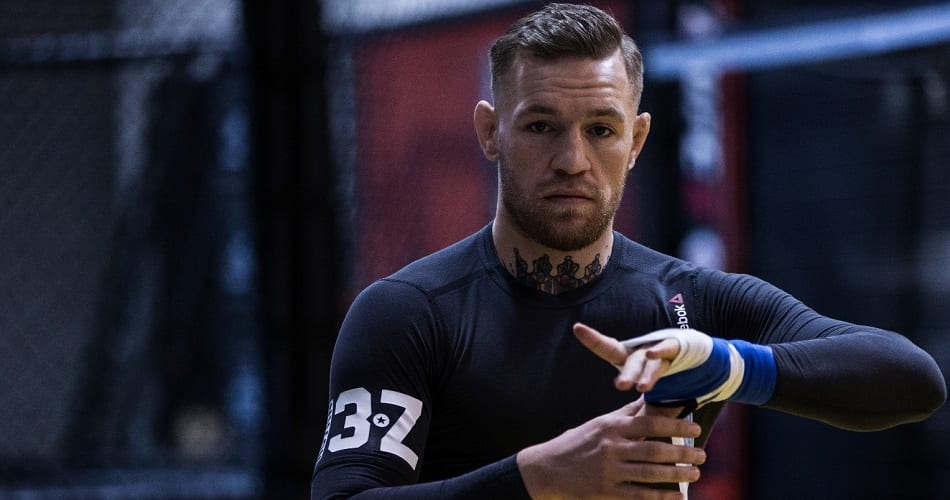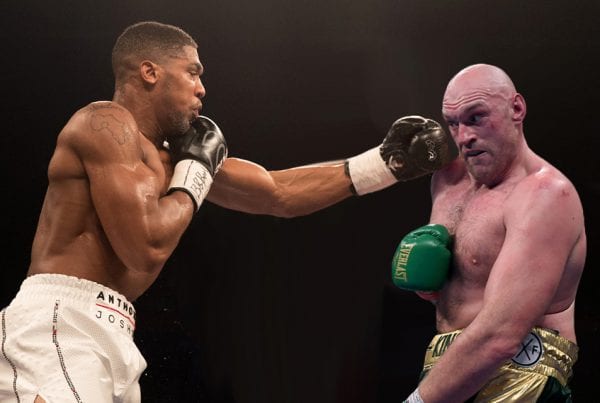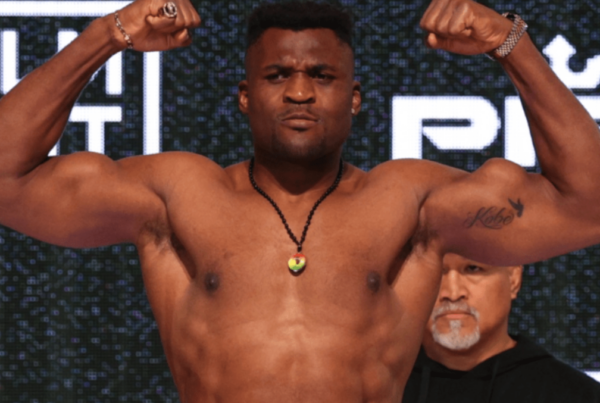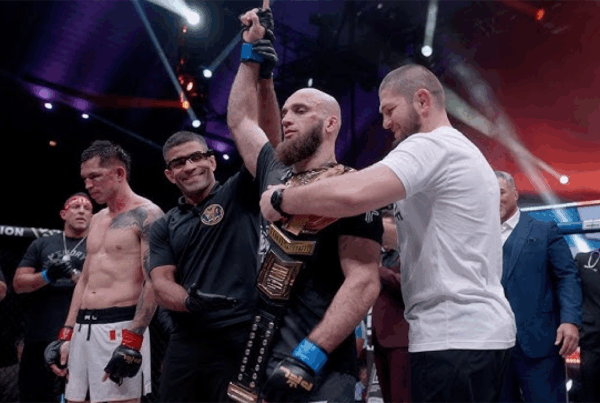Just about every one of us has been there. You thumb through the pictures of your favorite fitness magazine. You take extra pause to admire the centerfold of this month’s most popular model. You can’t stop staring at that freak in the gym who hasn’t carried an ounce of fat since leaving pre-pubescence, writes Matt Lupo.
“How can a person look like that?” you ask yourself. You ponder all the ways these types of folks transform—and, more importantly, maintain—their bodies into peak physical condition. Extra income for a trainer; a flexible work schedule; god-like genes; and, of course, good old-fashioned motivation.
You sigh, perhaps even chuckle, and relegate yourself to the fact that you’ll just never look like that. But what if that were just a lie you told yourself to side-step the pain of not reaching your fitness goals? Or, even worse, to avoid the pain of actually putting the work in in the gym?
Allow me to introduce you to the Pain & Pleasure Principle.
This dichotomy, most notably articulated by world-renowned life coach Tony Robbins, is your ticket to tilting the prism through which you see these types of daunting lifestyles changes. Once you tilt that prism, you carve out a brand new path to truck your way through to your lifestyle goals.
The whole idea is this. We human beings compartmentalize just about every action we take into two categories: what causes us pain and what gives us pleasure. Of course, these neural associations happen subconsciously, and our pre-formed notions of what causes us pain and what gives us pleasure tend to either inspire or discourage essentially all of our behavior. While this might seem like common sense, it becomes much more nuanced when you home in on which of these two categories is the driving force behind your big-picture lifestyle decisions.
Here is the critical point: As Tony Robbins has emphasized, human beings will virtually always do considerably more to avoid pain than they ever will to acquire pleasure.
And this is the maxim that will allow us to reshape our behavior and tilt that prism. How many times have you been on the couch under your favorite plush throw, elbow-deep in a bag of Skinny Pop, binging Netflix when the classic “Oh, I haven’t been to the gym in a while” flashes across your mind. After pausing—and, to be fair to you, you legitimately consider it—you think about the discomfort of casting aside the blanket, donning big-people clothes, packing a gym bag, and slouching into the car. Then, dare you think it, once you get there you’re actually supposed to push yourself?
You shrug off the thought, coolly hit “Play Next Episode,” and carry on with your life. Why? Because you were trying to acquire the pleasure of watching Netflix? No! You wanted to avoid the pain of the whole gym-goers’ routine.
See what I’m getting at? Next time that same situation pops up, I want you to think of your favorite Instagram fitness account. Think of that upcoming trip to the Mediterranean and all the “likes” you’ll get from posting your brand new body all over social media. Think about re-igniting your relationship by impressing your significant other. Think about the great quality of life that comes from an active and healthy lifestyle.
Then think of having all of that taken away because you perpetually fall short of your fitness goals. That is the pain you should focus on, and that is the pain you should work so hard to avoid.
Words by Matt Lupo.




